4 Historical Filming Sites In Korea you must visit
- byT.Sapphire 💙
- 1 year ago
- 0 Comments
- 4mins
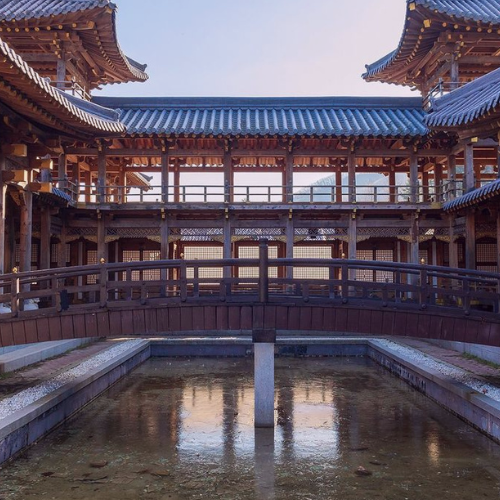
Koreans are known for their outstanding value for history and historical items which they display unapologetically in their media, especially K-drama.
As a K-fan, you’re probably familiar with K-content and you must have seen a few Sageuks (Historical K-dramas). You can confirm that these dramas are so cool that they have little to no flaws. From the settings to the cultural display, great plots, and more, they always have us asking for more.
In the course of watching these dramas, we’re always curious about how they achieve this great feat of near perfection in Sageuks. We usually have a list of unending questions about the authenticity of the settings, we want to know if those places really exist or if it’s just the use of temporary locations called ‘movie sets’. Of course, these locations are real and existing, so we’ve put together a list of Filming sites popularly used for Sageuk in Korea, just for you.
Bukcheon Hanok Village

Bukcheon Hanok Village is a village preserved to show a 600-year-old urban environment in Seoul. It comprises Hanok (Traditional Korean house). It is located on the top of a hill between Gyeongbok Palace, Jongmyo Palace, and Changdeok Palace which jointly serve as tourist centers and filming sites for people and K-drama respectively. Bukchon Hanok Village was once the residential area of high-ranking government officials during the Joseon dynasty. Some of the K-dramas series filmed at this location are Goblin, My Roommate Is a Gumiho, Flower Of Evil, etc.
Yongin Daejanggeum Park
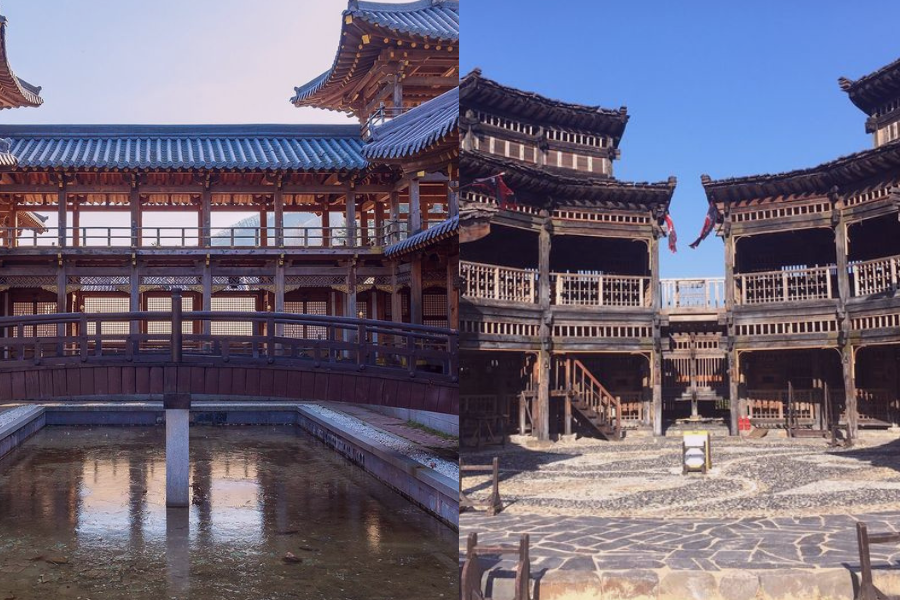
Yongin Daejanggeum Park was built mainly for filming purposes in 2005 but was opened for tourism in 2011 by the Munhwa Broadcasting Corporation in the city of Yongin in Gyeonggi province. It contains buildings that imitated buildings from the Samhan, Goryeo, and Joseon periods. Its initial name was MBC Dramia, but it was changed to Yongin Daejanggeum Park in 2015. Over 30 drama series were filmed at this park, some of which are; Jumong, Queen Seondeok, Moon Embracing The Sun, Empress Ki, Mr Queen, Haechi, and more.
Korean Folk Village
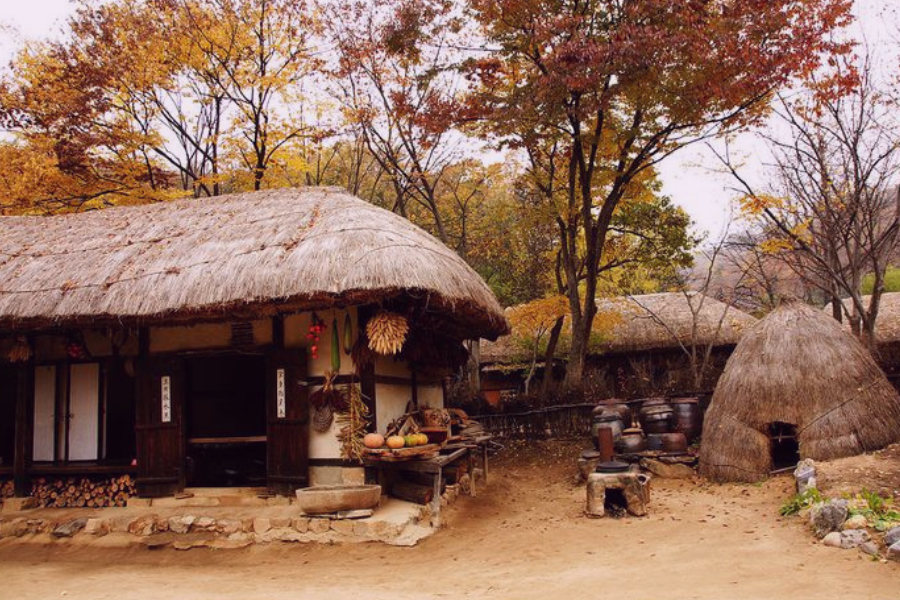
Korean Folk Village is located in the city of Yongin. It was made to be a replica of the Joseon dynasty. It displays traditional Korean life and culture. It served as a backdrop for dramas like; The King’s Affection, Tale Of The Nine-Tailed (2020), The Crowned Clown, Seven Days Queen, etc.
Baekje Cultural Land
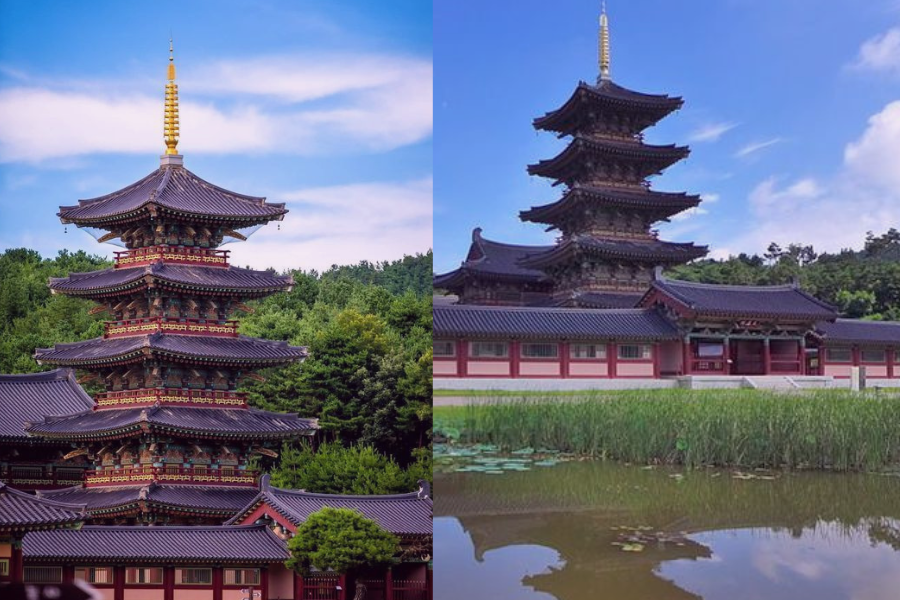
Baekje Cultural Land is a Korean historical theme park. It was built to preserve the history and culture of the Baekje kingdom (one of the three kingdoms of the Samhan). It is located in South Chungcheon province. It was a filming site for dramas like Moon Lover: Scarlet Heart Ryeo, Last Empress, etc.
A generation that ignores history has no past or future because there is nothing to remind them or tell them about cultural architecture, culture, and traditional values. These historical sites and artifacts used in Sageuks serve all these aforementioned purposes of history for Koreans and the younger generations to come. The awesome thing is, the fact that these sites are not only used as filming locations but for tourist attractions as well.
Feel free to visit these sites when you’re in Korea to feel the genuine happiness of being at historical sites.
We have a lot to put in your Korean to-do list, so keep studying Hamkke.
T.Sapphire 💙
T. sapphire is a writer who found her love for the Hallyu wave after watching the historical drama “Jumong.” She is mainly interested in Korean dramas and the history of Korea at large. Explore her pieces as she takes you on a journey through K-Drama recommendations and keeps you informed about the history of the Korean people.
0 Comment(s)
Related Posts
Daily Newsletter
Get all the top stories from Blogs to keep track.


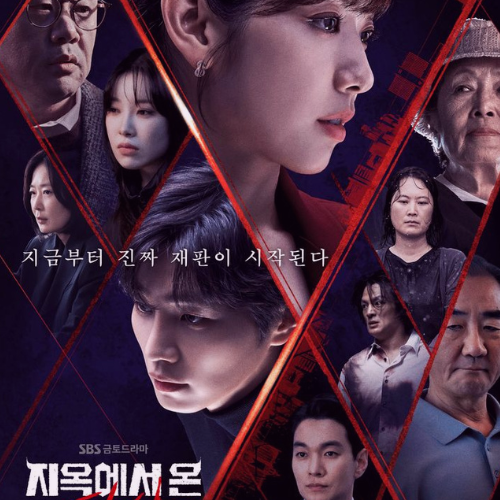


Leave a comment